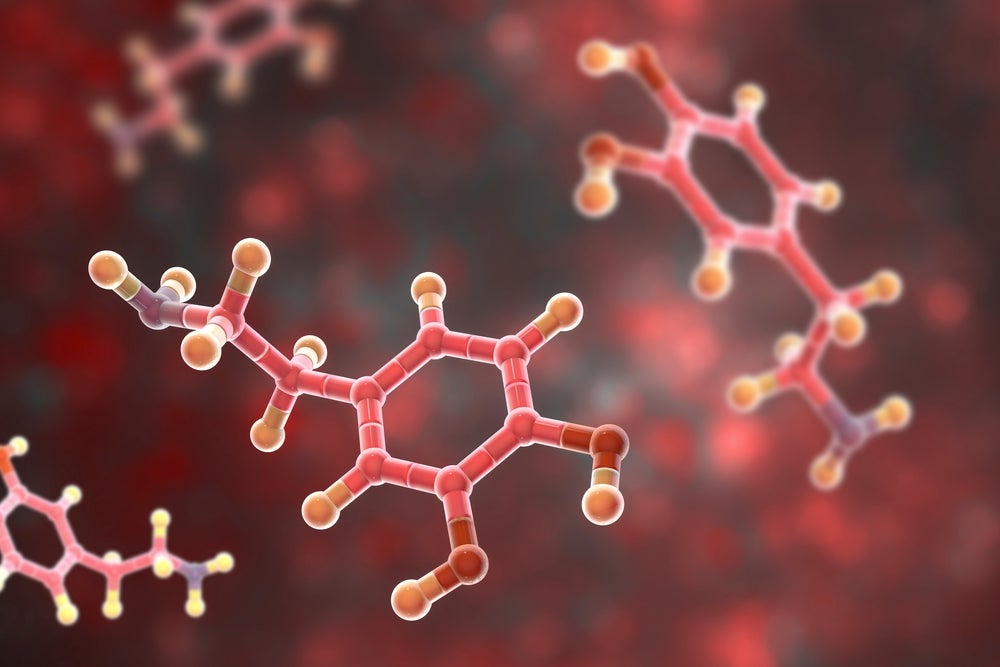Upcoming Insights: Journal of Nuclear Medicine Tip Sheet – April 4, 2025
Novel Approaches in Oncology and Imaging: Unveiling the Latest Research from The Journal of Nuclear Medicine The field of nuclear medicine and molecular imaging is on the precipice of groundbreaking advancements, as highlighted by recent studies published in The Journal of Nuclear Medicine. Drifting away from traditional treatment modalities, researchers are delving deeper into innovative […]


Novel Approaches in Oncology and Imaging: Unveiling the Latest Research from The Journal of Nuclear Medicine
The field of nuclear medicine and molecular imaging is on the precipice of groundbreaking advancements, as highlighted by recent studies published in The Journal of Nuclear Medicine. Drifting away from traditional treatment modalities, researchers are delving deeper into innovative methodologies that promise to elevate the standard of care in oncology.
In one remarkable study, researchers explored the efficacy of bismuth-212 (212Bi) labeled macroaggregated albumin (MAA) as a method for targeting melanoma through radiation therapy. This research not only showcases the therapeutic potential of α-particle radiation but also offers hope to patients grappling with one of the most aggressive forms of skin cancer. The authors meticulously observed that 212Bi-MAA was capable of exerting a lethal effect on melanoma cells while simultaneously halting tumor progression. This trailblazing study lays the groundwork for developing more focused and less toxic treatment options.
Another noteworthy article introduces a new supervised clustering algorithm, significantly enhancing brain positron emission tomography (PET) imaging. Traditional methods often depend on arterial input functions, which can lead to inconsistencies in imaging. The introduction of this novel supervised variable clustering algorithm (SVCA) paves the way for more consistent and reliable imaging, particularly in assessing brain injuries and reparative processes. Ensuring that PET analysis is both repeatable and precise is a crucial step toward improving patient outcomes in clinical settings.
Additionally, the integration of artificial intelligence into medical imaging has made a significant stride forward with the validation of an AI-based segmentation network for glioblastoma imaging. This advanced system analyzes 18F-FET PET scans, delivering results that correlate strongly with assessments made by seasoned physicians. While the automated approach exhibits commendable performance, researchers noted that it occasionally underestimates tumor volumes and misclassifies some regions. These findings point to the necessity for ongoing refinement and additional training of AI models to boost their accuracy in real-world clinical environments.
The interconnectivity between advances in diagnostic imaging and targeted therapies presents an unprecedented opportunity for practitioners to provide customized care for their patients. By focusing on precision medicine, clinicians can tailor diagnostics and subsequent therapeutic options based on individual patient profiles, ultimately working toward enhancing patient outcomes significantly.
Furthermore, these studies emphasize a crucial paradigm shift in how we understand and approach cancer treatment. The use of targeted radiotherapy provides a fascinating angle to explore the interplay between different treatment modalities. As advancements in molecular imaging technologies unfold, it becomes increasingly clear that they hold the key to refining treatment strategies and improving survival rates in patients battling malignancies.
It is essential to note that the implications of these studies do not end with mere theoretical advancements. As researchers continue to validate and refine their findings, the clinical applications of these innovative approaches become viable options in the struggle against cancer. Each study’s robust methodologies and results bolster confidence in the potential of targeted therapies in clinical practice, a sentiment echoed by experts in the field.
Moreover, the culmination of these research articles serves to foster a broader conversation within the medical community about the role of personalized medicine in oncology and beyond. As practitioners come to terms with the shifting landscape of patient care, the collaborative efforts of researchers, clinicians, and technologists will be pivotal in bridging the gap between laboratory discoveries and their practical applications in everyday medical settings.
In conclusion, the promising findings emerging from The Journal of Nuclear Medicine highlight a transformative phase in the domains of oncology and imaging. The combination of advanced radiotherapy techniques and sophisticated imaging protocols heralds a new dawn for precision medicine. The focus on regenerative medicine, particularly in the realm of cancer treatment, underscores the urgency of integrating innovative methods into standard practice as we strive to conquer cancer.
The momentum generated by this research not only illuminates the collaborative effort dedicated to enhancing patient care but also inspires ongoing inquiry into multi-faceted approaches that are as nuanced as the diseases they aim to treat. The dialogues prompted by these studies are essential as they march us ever closer to achieving comprehensive science-backed solutions tailored to the unique needs of each patient.
The ramifications of these studies will be felt across the medical community as the confluence of technology, innovation, and patient-centric care continues to evolve. Such advancements reflect the relentless pursuit of knowledge that drives the Society of Nuclear Medicine and Molecular Imaging and its commitment to advancing the frontiers of nuclear medicine and molecular imaging.
Subject of Research: Targeting melanoma with radiation therapy and enhancing brain PET imaging
Article Title: Multiple studies on radiation therapy for melanoma and advancements in brain imaging
News Publication Date: April 4, 2025
Web References: https://doi.org/10.2967/jnumed.124.269190, https://doi.org/10.2967/jnumed.124.268519, https://doi.org/10.2967/jnumed.124.268925
References: The Journal of Nuclear Medicine
Image Credits: Not available
Keywords: Molecular imaging, Positron emission tomography, Cancer therapy, Precision medicine, AI in healthcare, Glioblastoma, Radiotherapy.
Tags: advancements in molecular oncology researchbismuth-212 targeted therapycutting-edge cancer treatment researchJournal of Nuclear Medicine insightsmelanoma radiation treatment innovationsmolecular imaging in oncologynon-toxic cancer therapiesnovel imaging techniques in PETnuclear medicine advancementssupervised clustering algorithm for imagingtumor progression targeting methodsα-particle radiation studies
What's Your Reaction?


































